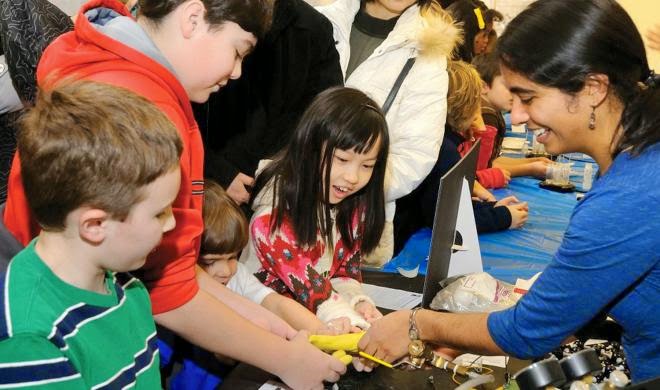Penn researchers interview HIV-positive adolescents in Botswana to better understand the factors affecting adherence to antiretroviral treatments
Of the more than three million children infected with HIV, 90% live in Africa. As HIV-positive children become adolescents, it is important that antiretroviral treatments are maintained to protect their own health, as well as to safeguard the adolescents from developing resistant strains of HIV and to prevent infection of other individuals. HIV-positive adolescents’ adherence to these treatments has been identified as a public health challenge for Botswana. However, the assessment tools testing psychosocial factors that are likely associated with poor adherence have been developed in Western countries and their constructs may not be relevant to African contexts. A new study published in PLOS ONE by Penn researchers Elizabeth Lowenthal and Karen Glanz described the cultural adaptation of these assessment tools for Botswana. The psychosocial assessments investigate factors that may affect adolescents’ adherence to antiretroviral treatments. As Lowenthal summarized, “one of the



